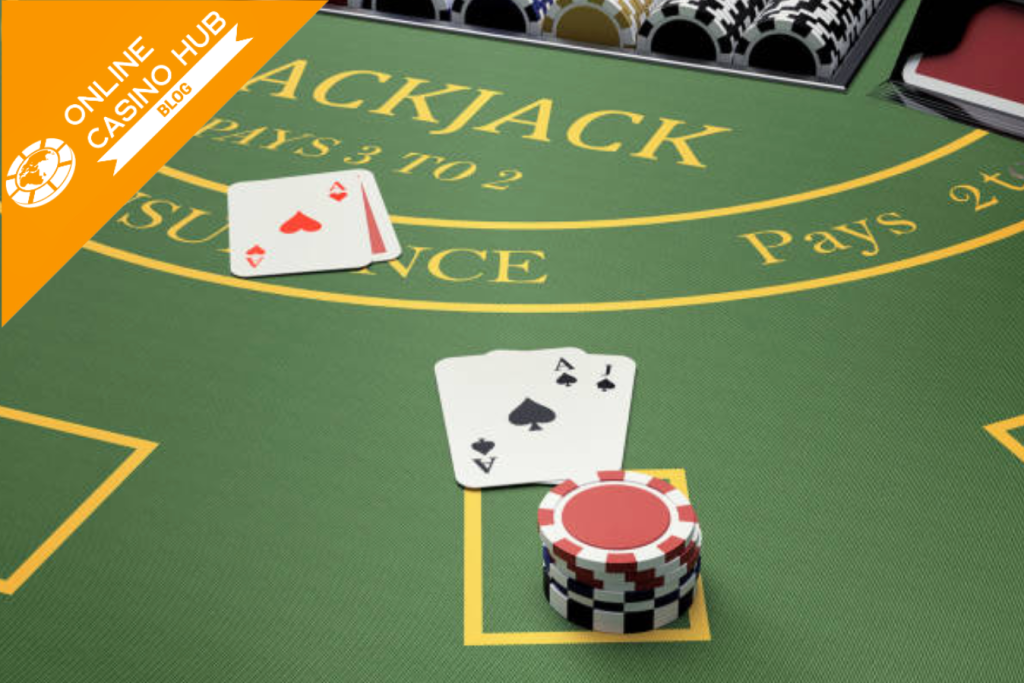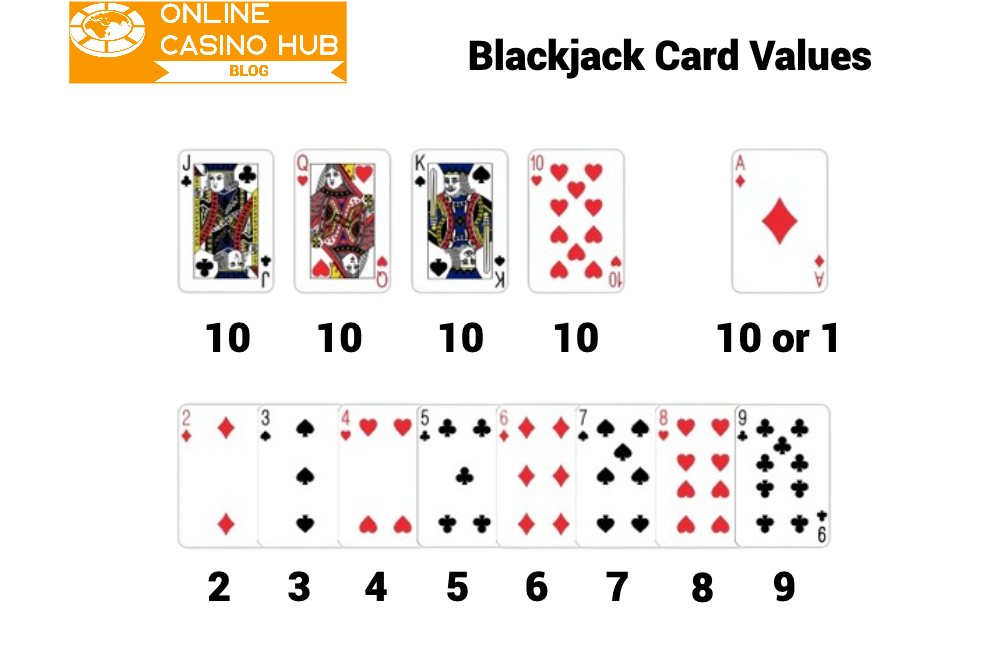
Blackjack, also known as “twenty-one”, has long won the hearts of gamblers around the world. This exciting card game provides players with a unique world of intrigue and strategy. At first glance, blackjack may seem simple, but let’s understand how the Blackjack card values make it a true mystery.
Blackjack is not just a game of luck, it is an art where each card has its own role and meaning. Skilled players know how to analyze cards, predict their opponents’ moves and make decisions based on probabilities and strategy. Let’s start with the most basic card meanings, which are the foundation for understanding the game of blackjack.
Cards in Blackjack: Basic Ratings
First, let’s take a look at the meanings of the basic cards:
Tens and Pictures (Kings, Ladies and Jacks)
All of them bring 10 points each. This means that any of these cards, be it a Ten, Jack, Lady or King, increases the sum of the points in your hand by 10. These cards make your hand closer to the maximum value of 21, while being less likely to be overcalled.
Aces
Aces are the most flexible cards in blackjack. They can have two values: 1 or 11 points, whichever is more favorable for the current situation. This flexibility makes aces important tools of strategy. When you have an ace on your hand, you can adapt its value according to your current point total, aiming to get closer to 21 or avoid overcalling.
Now that we understand the meanings of these key cards, let’s move on to look at the medium denomination cards (2-9) and explore how they affect your blackjack strategy.
Medium Blackjack Cards (2-9): Standard Values
The next step is to understand the standard values of medium denomination cards:
Cards with denominations between 2 and 9 bring as many points as are written on them. These seem like the most mundane cards, but they represent the basic foundation of your blackjack strategy. Why is this important? These cards allow you to assess your current position in the game and decide on your next moves. For example, if you have a 5 and a 7 in your hand (a total of 12), and the dealer’s visible card is a 6, you know that the dealer has a good chance of being overcalled, so you may decide to stop and save your 12 points.
The middle cards, seemingly insignificant, can make a huge difference in the game. They help you evaluate probabilities and make strategic decisions to increase your chances of winning.
Strategy in Blackjack: More, Less or Stop?
Now let’s talk about the strategic aspects of the game related to the value of the cards:
How do you determine whether to draw another card or stop? This is one of the main questions facing a blackjack player. Your strategy in this situation depends on many factors, including the current amount of points in your hand and the dealer’s visible card. For example, if you have 14 (7 and 7) in your hand and the dealer’s visible card is 10, the probability of overcalling when you draw another card is high, so it’s best to stop. However, if you have 8 (3 and 5), taking an extra card gives you a good chance to improve your hand.
Analyzing and making the right decisions depending on the Blackjack card values and the situation on the table is the basis of a successful blackjack strategy. This strategy allows you to increase your probability of winning and improve your odds in this exciting game. In the following sections, we will look at more complex situations and strategic decisions that will help you become a true blackjack master.
Psychology and Bluffing: Adding Intrigue
But blackjack isn’t just about math. The game also has a place for psychology and bluffing. Why it matters.
- The importance of the psychological aspect of the game: Understanding the psychological aspects of the game can make you a successful blackjack player. Being able to read your opponents, identify their strategies and control your emotions are key skills in this game. For example, if you notice that your opponent starts to act insecure or gives in to emotions after a few bad hands, this can give you an advantage.
- How to use bluffing in blackjack: Bluffing can be a powerful tool in blackjack. By prompting your actions to do one thing and actually doing another, you can confuse your opponents and win even with a hand that isn’t the strongest. However, bluffing is an art that requires skill and caution, as a wrongly used bluff can lead to big losses.
The art of blackjack is not just limited to math and knowing the meanings of the cards. Understanding the psychological aspects and knowing how to bluff can be just as important as knowing the strategies.
Conclusion
Blackjack is not just a game of chance. It is an art where the ability to analyze and make decisions based on card values can lead to success. This card game leaves behind many mysteries, and by solving them, you can walk through the door into a fascinating world of gambling adventure.
The art of blackjack combines math, strategy and psychology, making every hand an exciting challenge. Remember that practice and experience are important components of blackjack success, and by understanding all aspects of this game, you can become a true master of this exciting game of chance. Good luck with the game, and don’t forget that blackjack puzzles can take forever to solve!
Gambling24.Casino encourages you not only to learn the meanings of the cards, but also to put this information into practice. Our recommendations will help you make more informed decisions and increase your chances of winning at blackjack.

